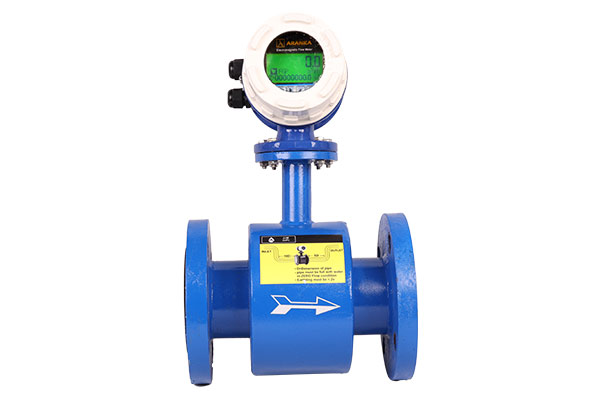
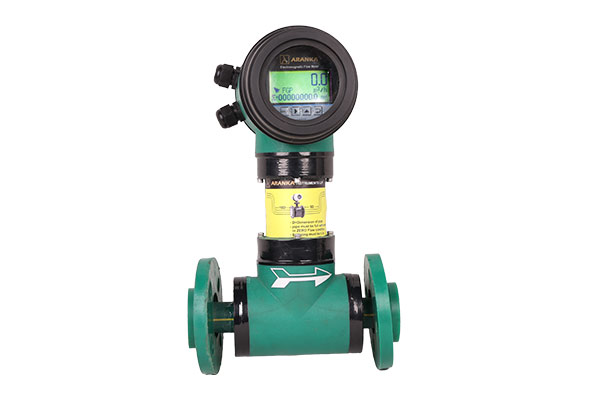
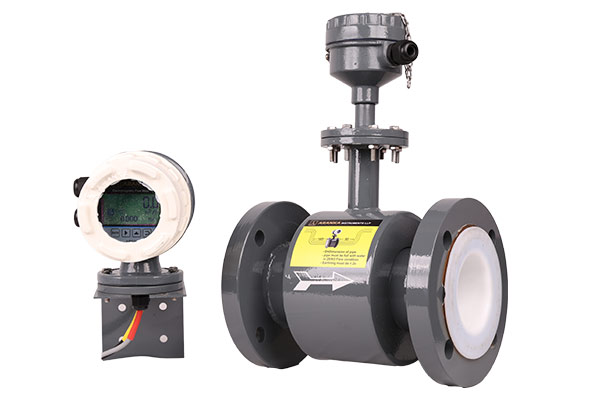
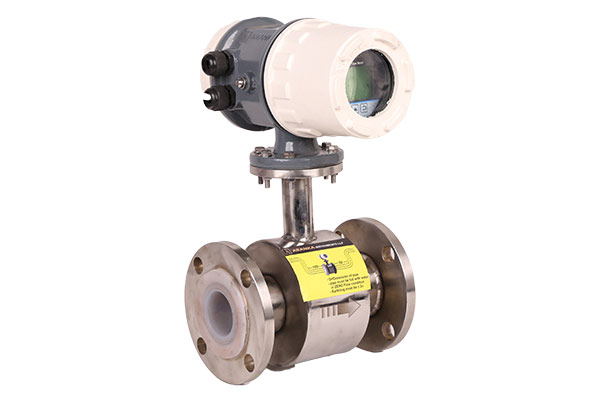
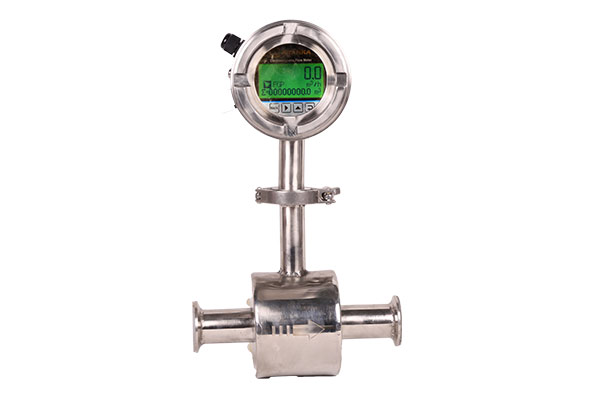
Electromagnetic Flow Meter Manufacturer
As a leading Electromagnetic Flow Meter Manufacturer and Supplier, Aranka Instruments LLP is dedicated to delivering robust, high-quality flow measurement solutions that meet the diverse needs of industrial clients. Our flow meters are crafted using advanced technology to ensure precise and consistent measurement across various applications. Recognized as a top Electromagnetic Flow Meter Manufacturer in Ahmedabad, Gujarat, India, we focus on innovation, performance, and reliability to guarantee long-lasting operation even in demanding environments. Moreover, as a trusted Electromagnetic Flow Meter Supplier in Ahmedabad, we provide instruments known for their accuracy, efficiency, and minimal maintenance—making Aranka Instruments the preferred partner for process industries throughout India and Asia./p>
Operating Principle
The electromagnetic flow meter is built on the principle of Faraday’s Law of Electromagnetic Induction. When a conductive fluid moves through a magnetic field, it generates a voltage signal that is directly proportional to the velocity of the flow. This induced voltage is collected by the measuring electrodes and transmitted to the amplifier. The system then determines the volumetric flow rate by combining the detected flow velocity with the pipe’s internal cross-sectional area.
- Durable full-bore construction designed for long service life
- Wide flow range capability with excellent accuracy and repeatability
- Stable measurement output across varying pressure and temperature conditions
- Low-maintenance design with no moving parts for reliable operation
- Advanced pulsed DC coil excitation ensures precision and stability
- Integral grounding system for safe and consistent performance
| Power Supply | 100 ~260 VAC @ 50Hz OR 24VDC | |
| Line Size | 20 NB to 300 NB | |
| Sensor Electrode | S.S. 316 / Hastelloy C / Titanium / Tantalum | |
| Lining | PTFE / FEP / Hard Rubber [80 nm to 300 NM] | |
| Process Media | Liquid | |
| Transmitter Mounting | Local / Remote | |
| Analogue output | 4-20mA | |
| Communication Output | RS 485 Modbus RTU | |
| Process Connections | DIN, ANSI Flanges, Tri-Clamp | |
| Max. Pressure | 15 Bar | |
| Max. Temperature | -20 ~120’C | |
| Additional Features | Fluid Empty Indicator, Velocity | |
-
- Wastewater Management: Efficient monitoring in sewage treatment plants, sludge transfer systems, and pipeline networks
- Chemical Industry: Accurate measurement of acids, alkalis, dosing fluids, and highly corrosive or abrasive liquids
- Metals & Mining: Suitable for slurries, ores, mud, and other mediums with high solid content
- Water Utilities: Reliable performance in revenue metering, district-level water measurement, leakage detection, and abstraction processes
- Pulp & Paper Industry: Handles pulps, pastes, caustic solutions, liquors, bleaches, additives, and colorants effectively
- Food & Beverage Sector: Ideal for hygienic mixing, dosing, batching, and filling of beverages and additives under sanitary conditions
Frequently Asked Questions (FAQs)
What is an Electromagnetic Flow Meter?
An Electromagnetic Flow Meter (also called a Magmeter) is a precision instrument used to measure the flow rate of conductive liquids. It works on Faraday’s Law of Electromagnetic Induction, where a voltage is induced when a conductive fluid passes through a magnetic field — this voltage is proportional to the fluid’s velocity and is used to calculate flow.
In which applications is an electromagnetic flow meter commonly used?
These meters are ideal for water treatment, chemicals, sewage, pharmaceutical plants, pulp & paper, steel, and other industries where conductive fluids are measured.
What are the standard output options available?
The flow meters provide 4–20 mA analog output, pulse output, and RS-485 Modbus digital communication for process control integration. Some models also support HART protocol for advanced diagnostics.
What is an electromagnetic flow meter and how does it work?
An electromagnetic flow meter operates based on Faraday’s law of electromagnetic induction. As a conductive fluid moves through a magnetic field, it induces a voltage proportional to flow velocity. Measuring electrodes capture this voltage, and the flow volume is calculated using the pipe’s cross-sectional area.
What type of fluids can be measured?
Electromagnetic Flow Meters measure any conductive liquid such as water, wastewater, slurries, acids, bases, chemicals, milk, fruit juices, or pharmaceuticals. Non-conductive fluids like oil, gas, or distilled water cannot be measured.
Do Electromagnetic Flow Meters require maintenance?
No, since there are no mechanical parts, maintenance is minimal. Periodic cleaning of electrodes and calibration checks ensure accuracy and reliability.

